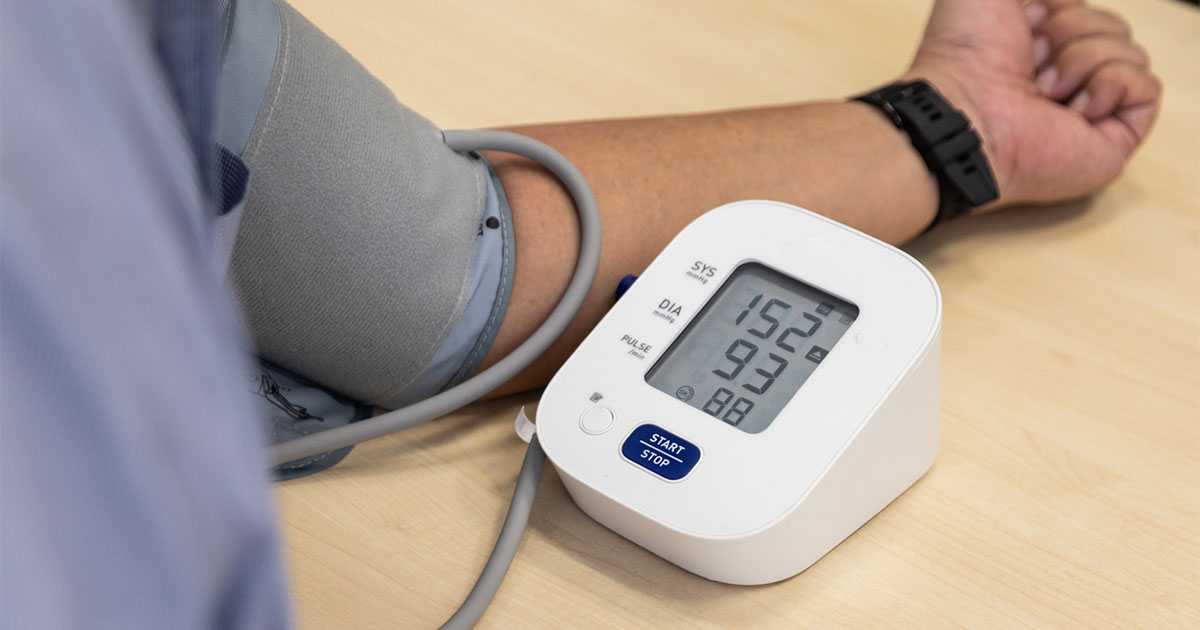We as health professionals are facing a tidal wave that will be very difficult to control: diabetes is increasing in prevalence with as many as 1 in 20 people affected in certain parts of the country (Kenny, 2006). National guidelines are important but often need a local adaption to account for geography. Therefore, primary and secondary care need a united approach.
Population awareness and lifestyle interventions are already familiar terms. In addition, the idea of ‘pre-diabetes’ has been introduced. The benefits of treatment prior to onset of symptoms in those at risk have been shown both by the DREAM (Diabetes REduction Assessment with raMipril and rosiglitazone) study and the Community Intervention Studies (Gerstein et al, 2006; and Jenum et al, 2006; respectively).
The Quality and Outcomes Framework (QOF) has placed diabetes at the centre of general practice. Diabetes’ importance is magnified by the links to other conditions, such as ischaemic heart disease, hypertension and stroke. Primary care teams have become fully aware of targets and expectations and taken them onboard with great success, but our ability to predict what will be required in the future is not clear due to a lack of agreement in targets. The QOF target is the only one that has been recently increased (to 7.5%), possibly emphasising the difficulty of meeting previous HbA1c targets using current management recommendations.
Studies such as the UK Prospective Diabetes Study (UKPDS; Stratton et al, 2000) and the Diabetes Control and Complications Trial (DCCT, 2005) have shown that, despite best efforts, people with diabetes will deteriorate due to an amalgamation of beta-cell failure and insulin resistance. This resistance is worsened by the weight gain that can result from treatments for beta-cell failure.
Intervention studies have proven that lifestyle change is an effective and cheap treatment (Knowler et al, 2002): it should form the core of diabetes treatment. Unfortunately, in reality, lifestyle changes fail to achieve and maintain glycaemic goals, usually due to the inability to lose weight or maintain significant weight loss.
Currently, less than 30% of people with type 2 diabetes require insulin therapy. Clinicians are routinely given reasons for delaying the progression of treatment, including: making further lifestyle changes; questions over adherence; family, holidays or other commitments. Thus, with current practice, many years may elapse from diagnosis of diabetes to an ideal HbA1c.
Evidence has shown that lower levels of blood glucose at time of initial treatment are associated with lower HbA1c levels over time and with a reduction in long-term complications (Colagiuri et al, 2002). Recently published consensus guidelines by the American Diabetes Association and the European Association for the Study of Diabetes recommend earlier introduction of insulin therapy with fast titration in order to reduce HbA1c to optimum levels (Nathan et al, 2006). This consensus algorithm would inevitably lead to insulin initiation becoming a more common practice in people with type 2 diabetes causing an increased workload for primary care.
An increased flow of service users from secondary to primary care and changes towards more aggressive management of diabetes will naturally place a much greater workload on the primary care team. More skills, resources and time will be needed to facilitate this. Better support and links between hospitals and general practices will need to be developed with the possible establishment of more intermediate care services such as GPs with a special interest and community-based specialist nurses.





Poster abstract submissions are invited for the 21st National Conference of the PCDO Society, which will be held on 19 and 20 November.
10 Apr 2025